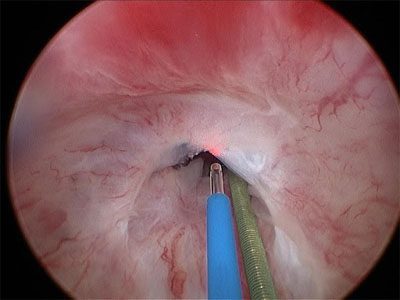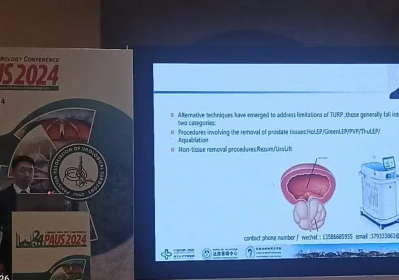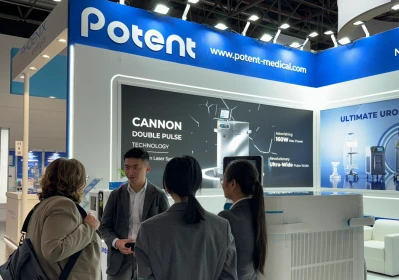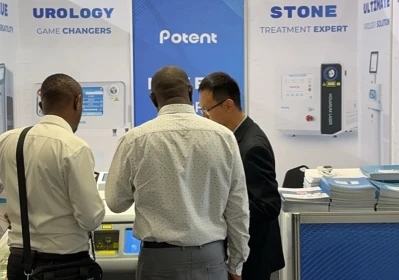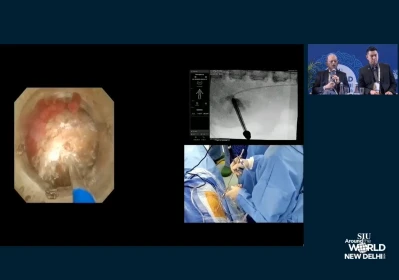Transurethral vapor resection of the prostate (TURP) and holmium laser enucleation of the prostate (HOLEP) are new treatment modalities for the treatment of BPH. TURP has been used in the surgical treatment of benign prostatic hyperplasia (BPH) and remains the standard gold treatment. HOLEP is another alternative effective for the surgical treatment of BPH. Each procedure has its advantages.
Transurethral vapor resection of the prostate (Turp) is a common surgical intervention used for the desorption of the prostate in the case of relevant clinical urinary tract symptoms. This is a relatively simple operation that does not cause the complications associated with open surgery, such as infection, bleeding, pain, and prolonged hospital stay and recovery time. The procedure significantly improves the flow of urine and other symptoms, such as incontinence and effort to urinate.
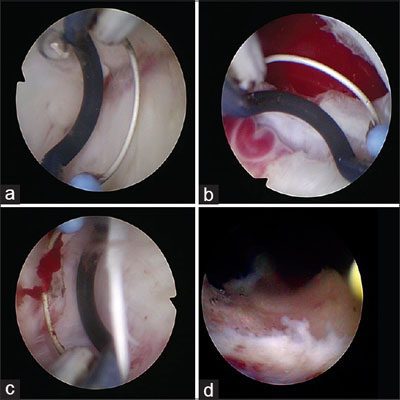
The use of HOLEP in many different parts of the world has shown that it is a safe and effective procedure. Although there are many types of BPH surgeries available, HOLEP offers a unique advantage to eliminate a large amount of tissue without any incision in the body, even in very large prostates, while reducing the risk of bleeding and providing tissue for pathology. This decreases the need for blood transfusions during surgery, minimizes the time of permanence in the hospital by one or two days, and reduces the risk of needing repetition treatment. The holmium laser has the ideal combination of cutting and coagulation; However, it has a learning curve.
